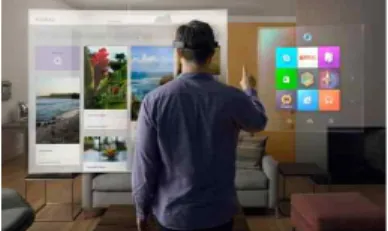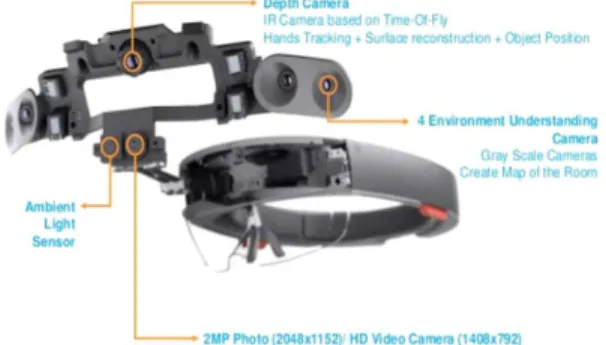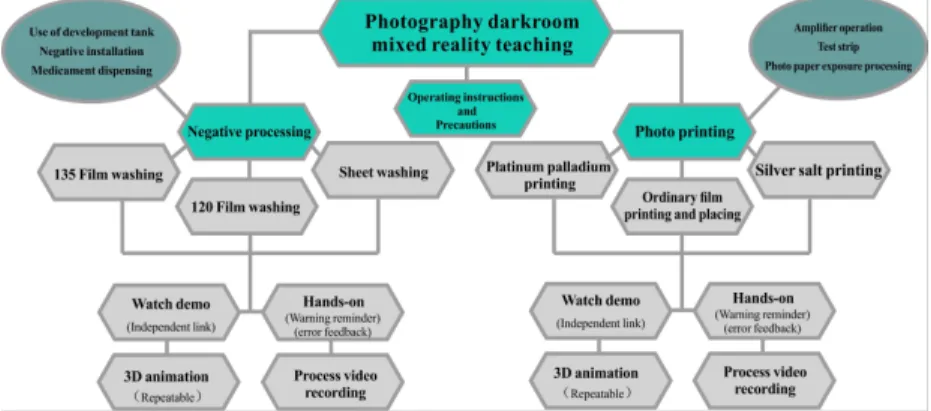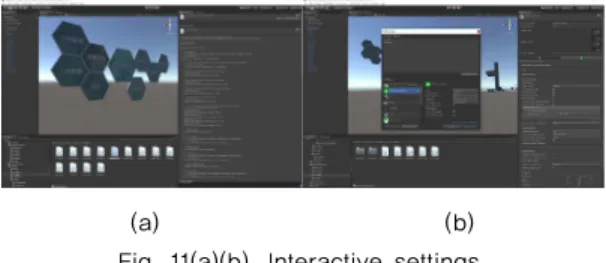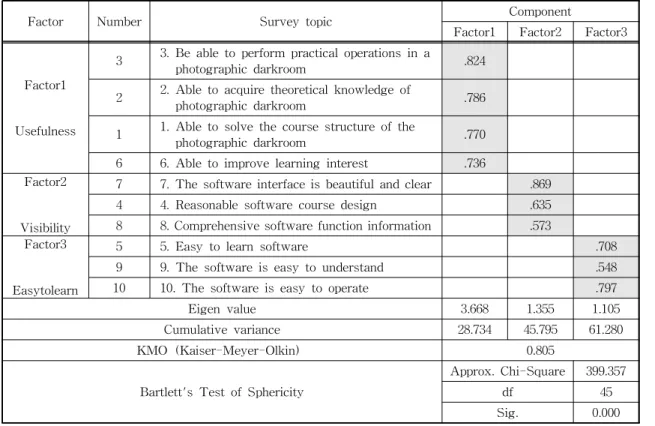1. INTRODUCTION
1.1 Research background
The mature development of virtual reality tech- nology has spawned augmented reality, and the continuous improvement of technology and hard- ware has created mixed reality. No matter how these three types of technology develop and blend, the core principle is based on the simulation, inter- action, and fusion of the digital world to the real world.
Before the advent of digital cameras, darkrooms were the most important technical support for the film to photos, as well as compulsory courses for
photography majors. The popularity of digital cam- eras has led to the decline of darkroom technology, but its importance as a photography major cannot be ignored. The use of new media technology to darkroom The inheritance of technology is worthy of in-depth study.
The gradual development of computer hardware and software technology and the maturity of mixed reality technology have brought diversified changes to many existing fields, and the technical charac- teristics can be better applied to teach innovation, which significantly enriches the interactive way of teaching content and stimulates Students' interest and enthusiasm improve learning efficiency.
The Practical Research of Mixed Reality for Photographic Darkroom Education
Wei, Li
†, Dong-Min Cho
††ABSTRACT
With the continuous development and progress of science and technology, the field of mixed reality applications has involved scientific research, medicine, entertainment, education, information dissemination, and people's daily lives; This paper will focus on the application of mixed reality in the field of education and teaching, relying on the characteristics of mixed reality technology. This article will use the combination of mixed reality and smart glasses to fully consider the characteristics of photography darkroom teaching, design and produce a mixed reality photography darkroom teaching software, and explore the feasibility of the application of mixed reality in teaching. This paper will use literature research methods, practical research methods, and survey methods as the main methods of research topics to determine the importance, feasibility, and necessity of the relevant theories studied in this paper. The application of mixed reality technology in photography darkroom teaching can not only solve many problems in the existing darkroom teaching methods, but also develop and expand students' Independent learning ability. It is concluded from this that mixed reality teaching software has the feasibility of sustainable development, which brings particular application value to the development and research of other education and art discipline software.
Key words: Mixed Reality, Photography Darkroom, Education, Application Software
※ Corresponding Author : Dong-Min Cho, Address:
(54896) 567, Baekje-daero, Deokjin-gu, Jeonju-si, Jeollabuk- do, Korea, TEL : +82-10-9477-1845, FAX : +82-63-270- 3755, E-mail : mellgipson@daum.net
Receipt date : Nov. 2, 2020, Revision date : Dec. 17, 2020
Approval date : Dec. 17, 2020
††
Dept. of Design & Manufacturing Engineering, Jeonbuk National University
(E-mail : welly529529@gmail.com)
††
